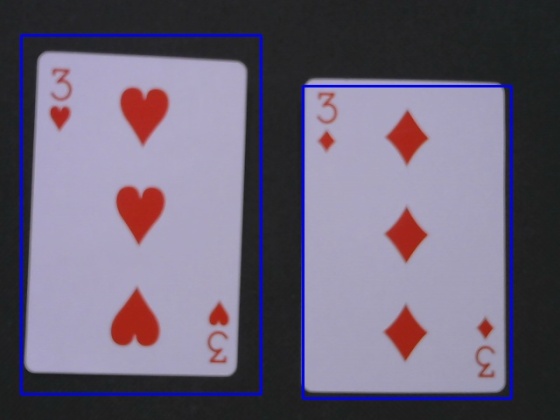
Raspberry Pi Forum user Microbyte has taken an old Gameboy and squeezed a Raspberry Pi and a composite screen in to create a handheld retro gaming machine. I know this has been done before, but this is a neat build and an excellent write-up should you wish to replicate his work – lots of photos, diagrams and details. Take a read here.





